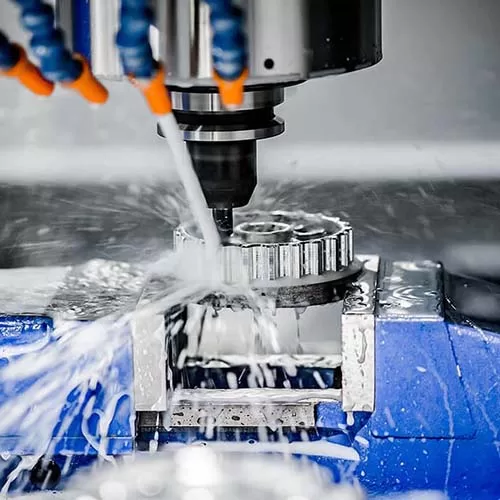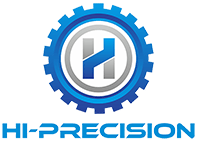Are you looking for China CNC milling service? Xi’an Haipu Machinery Co., Ltd. is the top CNC milling company in China. We have advanced 3-axis, 4-axis and 5-axis CNC milling machines and experienced CNC programmers. Machine operators, as well as more than 100 kinds of cutting materials (metals and plastics) and a complete quality management system. Contact us for CNC milling parts.

Why Choose China CNC Milling Service?
There are many benefits to choosing Chinese CNC milling services, which are mainly reflected in the advantages of cost, technology, industrial ecology, and services:
- Lower labor costs: Compared with developed countries such as Europe and the United States, China’s labor costs are relatively low. Under the premise of ensuring product quality, CNC milling services can be provided at more competitive prices, so that customers can reduce production costs and improve the market competitiveness of products.
- Large-scale production reduces costs: China has a huge manufacturing market, and there are many CNC milling processing companies, which are easy to form large-scale production. Through large-scale procurement of raw materials, sharing of equipment and technical resources, etc., the production and operation costs are further reduced, thereby providing customers with more cost-effective services.
- Advanced processing technology: After years of development, China’s CNC milling industry has accumulated rich technical experience and continuously introduced and absorbed internationally advanced processing technology and equipment. Many companies have high-precision and high-efficiency milling processing capabilities, which can meet the processing needs of various complex parts, and the processing accuracy can reach the micron level.
- Strict quality control: China’s CNC milling companies generally attach importance to quality management and have established a complete quality control system. From raw material procurement, processing process monitoring to finished product inspection, each link is strictly controlled to ensure that product quality meets international standards and customer requirements.
- Rich supporting resources: China has a complete manufacturing industry chain, and in the field of CNC milling services, there are abundant surrounding supporting resources. From tools, fixtures, measuring tools to various raw materials, they can be purchased conveniently and quickly in China, and they are complete in variety and reliable in quality, which can provide strong support for CNC milling processing and shorten the production cycle.
- Industrial cluster effect: In some areas of China, CNC milling industry clusters have been formed, such as the Pearl River Delta and the Yangtze River Delta. Mutual cooperation and resource sharing among enterprises in the industrial cluster can quickly integrate production factors, achieve efficient supply chain collaboration, improve production efficiency, and reduce logistics costs.
- Efficient service response: China’s CNC milling companies usually focus on customer service and can respond quickly to customer needs. From project consultation, quotation, proofing to mass production, there are professional teams to provide full-process tracking services, promptly solve problems encountered by customers during the processing process, and ensure the smooth progress of the project.
- Customized service capabilities: China’s CNC milling service providers can provide personalized customized solutions according to the different needs of customers. Whether it is product design optimization, process improvement or meeting special requirements, we can provide customers with satisfactory services with rich experience and technical strength.
- Stable political and economic environment: China’s political stability and sustained economic growth provide a good environment for the development of the manufacturing industry. In such an environment, CNC milling companies can operate stably and provide services to customers on time, according to quality and quantity, avoiding the risks caused by political turmoil or economic instability.
- Convenient logistics and transportation: China has a developed logistics and transportation network, which can quickly and conveniently transport processed products to various places at home and abroad. Whether it is road, rail, air or sea transportation, it has the advantages of high efficiency and low cost, ensuring that customers can receive products in time and improve the efficiency of the supply chain.
In recent years, with the development of China’s foreign export trade, China’s CNC milling parts have been recognized by various industries around the world. Contact us to get free samples.
